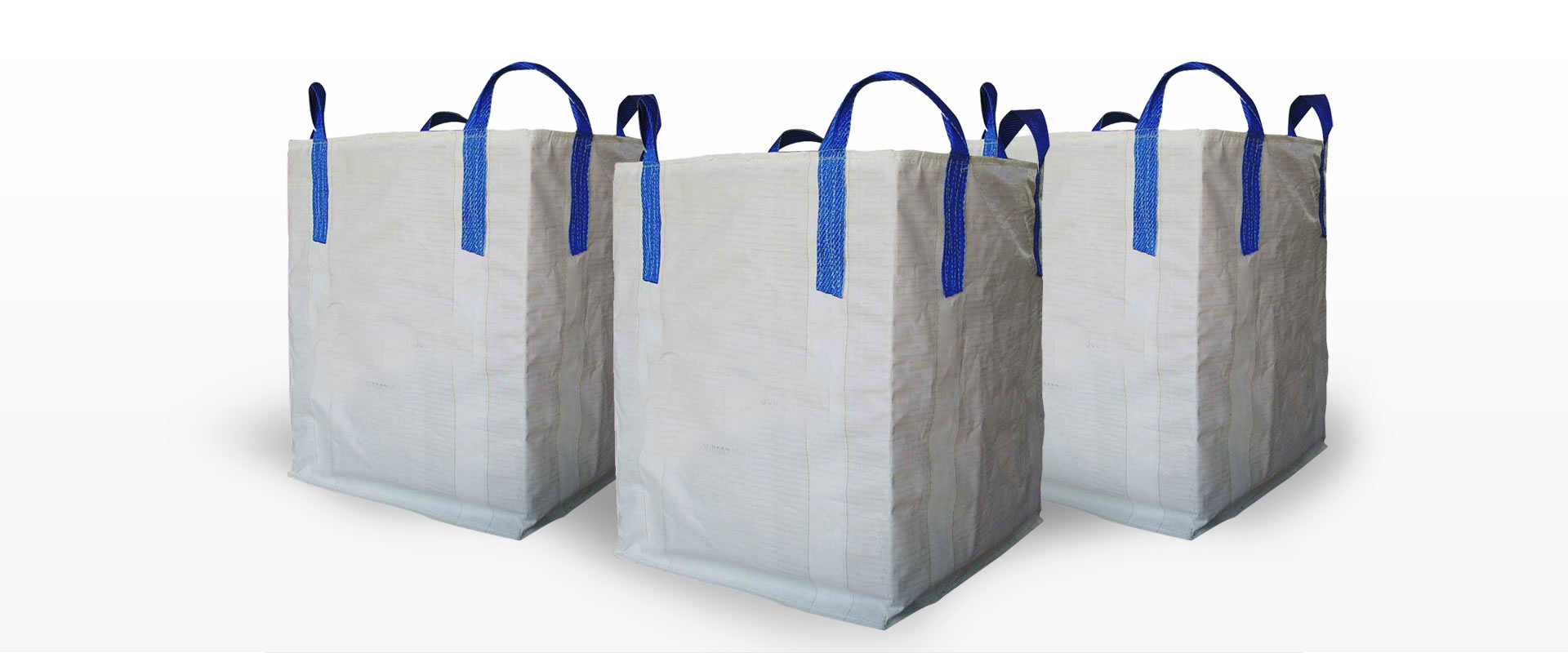Flexible Intermediate Bulk Containers (FIBC), commonly known as big bags, have revolutionized the way bulk materials are transported, stored, and managed across a diverse range of industries. With their remarkable adaptability, FIBC bags have become an indispensable packaging solution, offering unparalleled convenience, efficiency, and cost-effectiveness. This article delves into the world of FIBC bags, shedding light on their characteristics, applications, types, and the myriad benefits they bring to modern businesses.
Understanding FIBC Bags
FIBC bags are large, flexible containers crafted from woven polypropylene or polyethylene fabric, renowned for their robustness and flexibility. These bags are designed to hold and transport bulk materials, such as powders, granules, and other solid commodities, with capacities ranging from several hundred kilograms to several tons. Their ingenious design incorporates handles, loops, or straps for easy lifting and maneuvering, making them a preferred choice for industries dealing with substantial quantities of materials.
Key Characteristics and Types of FIBC Bags
FIBC bags come in various types, each tailored to specific requirements. Some of the most common types include:
1. Type A – Standard FIBC:
Designed for non-flammable materials, these bags are suitable for general applications involving materials that do not pose a risk of static electricity buildup or combustion.
2. Type B – Conductive FIBC:
Built with conductive threads woven into the fabric, these bags are effective in preventing the accumulation of static electricity. They are used for transporting flammable powders and materials.
3. Type C – Dissipative FIBC:
Similar to conductive bags, Type C bags have conductive threads. However, they are also equipped with grounding mechanisms, further reducing the risk of electrostatic discharges.
4. Type D – Anti-Static FIBC:
Made from anti-static fabric, these bags are designed to safely dissipate static electricity. They are suitable for materials that pose a risk of fire or explosion due to static discharge.
5. Food-Grade FIBC:
Manufactured to adhere to strict hygiene standards, these bags are used for transporting food products and other sensitive materials, ensuring safety and quality.
Applications of FIBC Bags
The versatility of FIBC bags extends across numerous industries, where they play a pivotal role in simplifying operations and enhancing efficiency:
1. Agriculture:
FIBC bags facilitate the storage and transport of agricultural products like grains, seeds, fertilizers, and animal feed, streamlining farming processes.
2. Construction:
In the construction industry, FIBC bags are used to transport sand, cement, gravel, and other construction materials, minimizing waste and expediting projects.
3. Chemicals:
FIBC bags provide a safe solution for handling and transporting chemicals, ensuring compliance with safety regulations and reducing the risk of contamination.
4. Pharmaceuticals:
For pharmaceutical powders and ingredients, FIBC bags offer a clean and secure packaging option, maintaining the integrity of sensitive substances.
5. Mining and Minerals:
FIBC bags are essential for transporting minerals, ores, and aggregates, contributing to efficient extraction and processing operations.
6. Food and Beverages:
Food-grade FIBC bags are employed to transport and store food ingredients, reducing the risk of contamination and ensuring product quality.
Benefits of FIBC Bags
FIBC bags offer a plethora of advantages that contribute to their widespread adoption:
1. Cost-Efficiency:
FIBC bags significantly reduce packaging costs compared to traditional packaging methods, such as drums or boxes. Their lightweight design also leads to reduced shipping costs.
2. Space Optimization:
FIBC bags maximize storage and transportation efficiency by allowing for easy stacking, reducing the need for excessive storage space.
3. Easy Handling:
Equipped with lifting loops, FIBC bags enable straightforward loading, unloading, and movement using forklifts, cranes, or other equipment.
4. Environmental Friendliness:
Reusable and recyclable FIBC bags contribute to sustainable practices, minimizing waste and supporting eco-friendly initiatives.
5. Customization:
FIBC bags can be tailored to meet specific requirements, including size, design, and printing, allowing businesses to reinforce their branding and provide essential information.
6. Reduced Contamination Risk:
With their sealed design, FIBC bags minimize the risk of contamination during storage and transportation, ensuring product quality and safety.
Conclusion
Flexible Intermediate Bulk Containers (FIBC) bags have transformed the landscape of industrial packaging, offering a versatile and efficient solution for the transport and storage of bulk materials. From their various types catering to different safety needs to their widespread applications across industries, FIBC bags exemplify innovation and adaptability. Their cost-effectiveness, space optimization, ease of handling, and eco-friendliness make them a go-to choice for modern businesses seeking to streamline operations while prioritizing sustainability. As industries continue to evolve, FIBC bags remain a cornerstone of efficient and responsible material management in the global supply chain.
